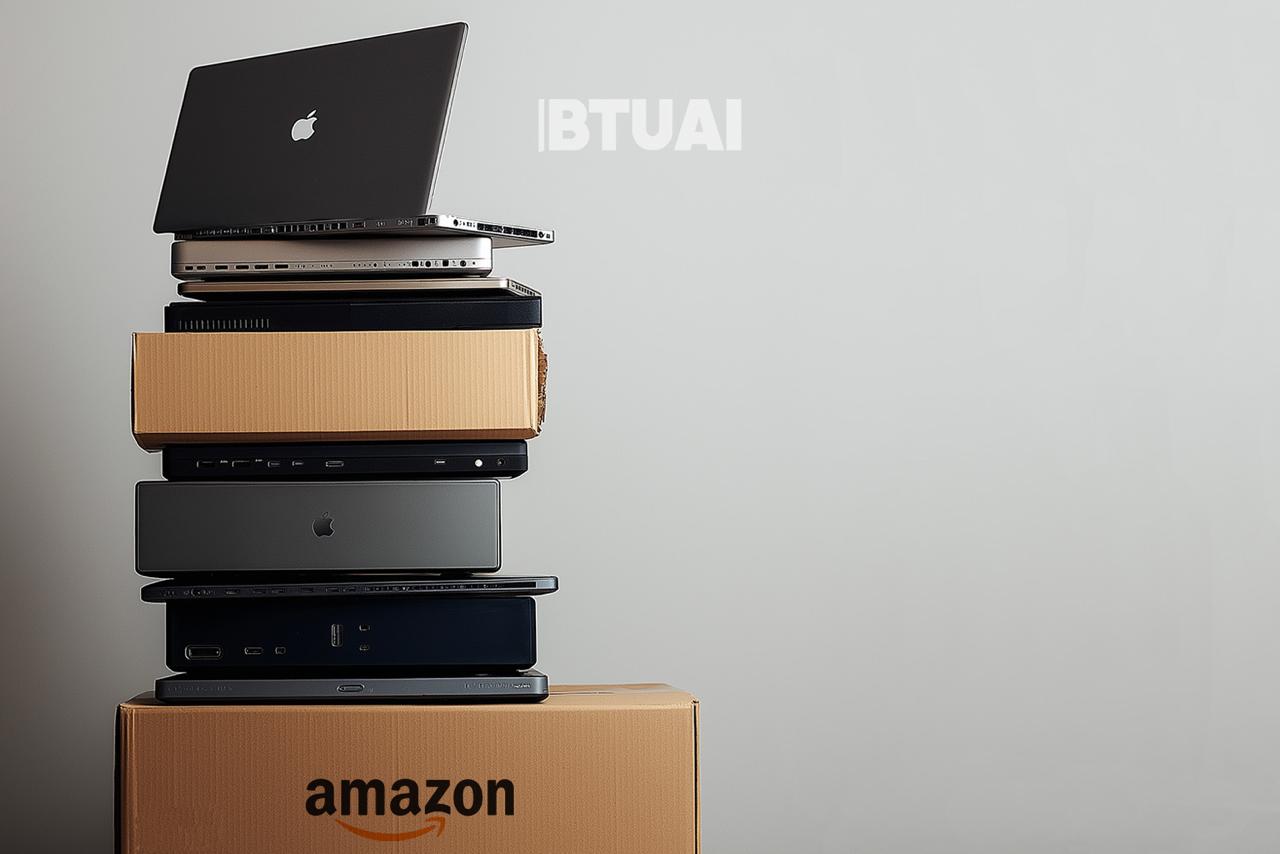Trump’s Tariffs: How American Protectionism Threatens Apple and Amazon
April 2025 delivered a painful shock to the global tech industry. U.S. President Donald Trump announced a sweeping increase

April 2025 delivered a painful shock to the global tech industry. U.S. President Donald Trump announced a sweeping increase in tariffs on imported goods — a move that not only strained international trade relations but also dealt a direct blow to American tech giants. This tariff bombshell immediately reverberated through the stock market: shares of Meta and Nvidia fell by 5%, while Apple and Amazon dropped by 6%.
At the heart of the issue is the deep integration of American tech companies into global supply chains. Take Apple: more than half of its revenue depends on iPhones manufactured in China and India, while much of its other product line is assembled in Vietnam. Similarly, Amazon relies heavily on the sale of Chinese-made goods through its marketplace.
Trump’s decision to increase import duties from 10% up to 49%, especially for Asian countries like China, Vietnam, and India, fundamentally alters the playing field. Starting April 9, Chinese imports face an additional 34% tariff, which will significantly drive up retail prices in the U.S. and ultimately burden American consumers.
And it’s not just electronics — automobiles are affected as well, with prices expected to rise by $2,500 per vehicle, and premium models potentially seeing hikes of up to $20,000. Against this backdrop, Goldman Sachs analysts have raised their recession forecast from 20% to 35%, warning of broader economic ripple effects. Yet Trump remains firm in his belief that American consumers are willing to pay more for locally made goods — a belief that may prove to be out of touch with economic reality.
Interestingly, some exceptions exist within the tariff framework — notably semiconductors are currently excluded from the new rules. This is directly tied to the U.S.’s strategic dependence on Taiwanese chips, which account for 44% of logic chip imports. Whether these will eventually be included under the general 10% tariff remains unclear.
Another major change was the repeal of a rule that previously allowed American consumers to import up to $800 of personal goods per month from China and Hong Kong duty-free. This policy change hits e-commerce platforms like Temu especially hard, as they rely on low-cost cross-border sales to U.S. buyers.
In response, there has been a surge in activity from software developers and logistics consultants, offering solutions to help businesses optimize operations under the new customs regime. Customs brokers, too, are expected to see increased demand over the coming months.
It’s also notable that the new U.S. tariffs target over 180 countries, including many that are neither economically tied to the U.S. nor have significant export capacity. Russia is the sole major exception, due to existing sanctions — underscoring that Trump’s trade agenda appears to be driven less by economic logic and more by political positioning.
These actions are in line with Trump’s long-standing economic nationalism — a strategy aimed at strengthening domestic production. However, for a country that has spent the past three decades transitioning from a producer to a consumer economy, and has become deeply dependent on Chinese imports, such a transformation cannot be achieved by tariffs alone. It will require a strategic, long-term action plan that genuinely promotes local manufacturing and restores American jobs.
In short, Trump’s tariffs may be a powerful political tool — but without structural support, they could end up doing more harm than good, especially to the very companies and consumers they claim to protect.




